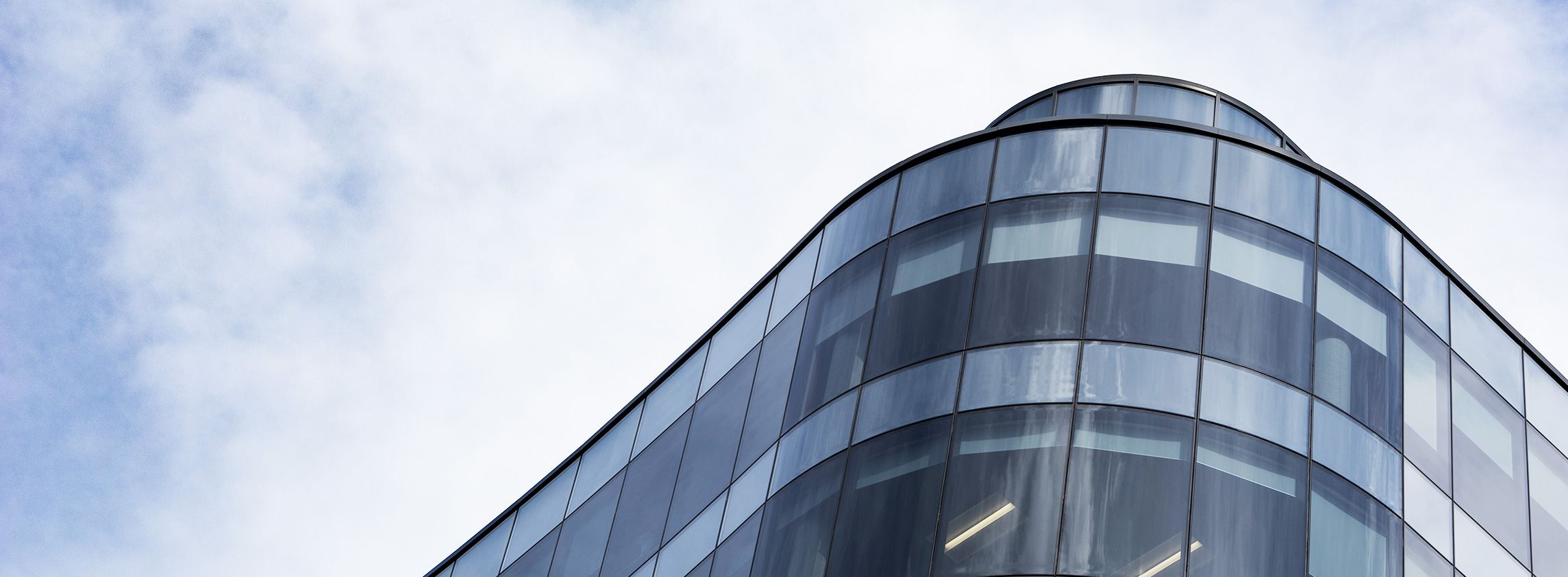Will yields move higher?
Despite the continued impact of the pandemic and ongoing discussions regarding Brexit, yields remained relatively flat in September. There was only a 5 basis point increase in the overall average for the month.
UK commercial investment volumes reached £7.2 billion in Q3, which was a 55% increase on Q2, but the second quarter was one of the lowest ever recorded. In comparison to the quarterly average, based upon the last couple of years, Q3 2020 was approximately half this ‘normal’ level. The shopping centre and leisure sectors have seen the prime yield move out by a full percentage point since the end of 2019, whereas the industrial and central London office sectors have remained static.
The chart below presents the ‘peak’ prime yields, seen at the start of 2009, as a result of the global financial crisis (GFC). This economic point in time has become a benchmark to compare the investment market today. Unsurprisingly, some of the retail and leisure sectors are moving towards, or already close to this GFC peak, but the prime yields for the other sectors are hovering around the five-year average. Will they eventually move higher? Maybe a small uptick, but we don’t expect a GFC-type increase as, on the whole, the number of upward trend arrows reduced in September.
Hotels offer longer-term investment opportunities
In line with the wider commercial real estate market, the Covid-19 pandemic has triggered a significant waning in hotel transaction volumes in 2020. Hotel investment this year to date (January–September) reached £1.63 billion, down 54.4% compared to the same period in 2019 and comprised largely by deals completed/agreed pre-lockdown, in the first quarter.
Despite a significant fall compared to volumes witnessed over the previous three years, hotel investment volumes remain above that experienced during the height of the GFC period in 2009.
A major barrier to entry for some investors has been the difficulty in obtaining debt for hotel investment in light of the recent operational headwinds, effectively dragging transaction volumes since March. Nonetheless, interest levels from cash-rich investors has remained robust. International investors accounted for a 70.1% share of year-to-date transaction volumes, formed primarily by Israeli-backed Vivion Capital acquiring the Sanderson and St Martin’s Lane hotels in January followed by Qatari-based investors acquiring The Ritz in March, with a combined volume nearing £1 billion.
In parallel with previous downturns, some investors have shifted focus towards quality trophy assets in London, despite the acknowledged slower performance recovery and difficulty travelling to the city for some international buyers. Key assets in ultra-prime locations are unlikely to experience such pronounced fluctuations in regards to capital value compared to the wider market. London has therefore accounted for an 87.3% share of total UK investment volumes so far in 2020.
Elsewhere in the market, investors are keeping a keen eye on well-located value-add opportunities for properties with development potential to increase their longer-term income profile. As a result, we’ve seen some assets achieve higher than their pre-Covid guide price.
For more information, please contact Richard Dawes.
London Underground entries and exits are still low
The chart, below, presents some interesting analysis of Transport for London data, carried out by the Savills retail research teams. It shows the percentage difference of London Underground entries and exits to a pre-lockdown average (Q1 2020).
All locations saw a 90%+ fall, but there has been varying levels of recovery in the past four months. However, there is significant improvement required and this may not happen until a vaccine is available. Whilst the City market still shows an 80% fall, the West End has seen a stronger recovery and mirroring the shopping and tourist-related data.
With regards to the inner and outer boroughs, it is interesting to see the Outer London boroughs showing a stronger recovery. This perhaps reflects the fact that daily commuters from outside London have not returned to the office.
